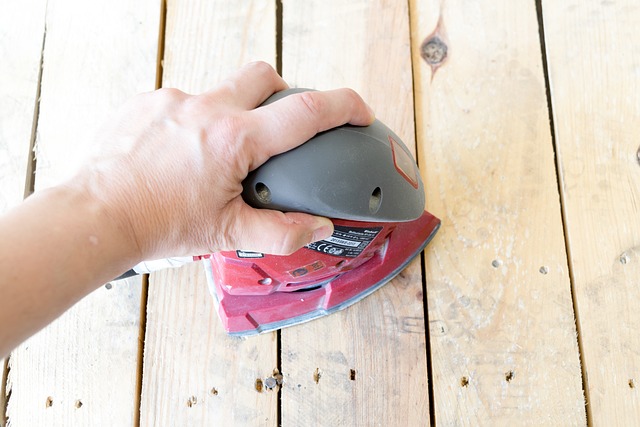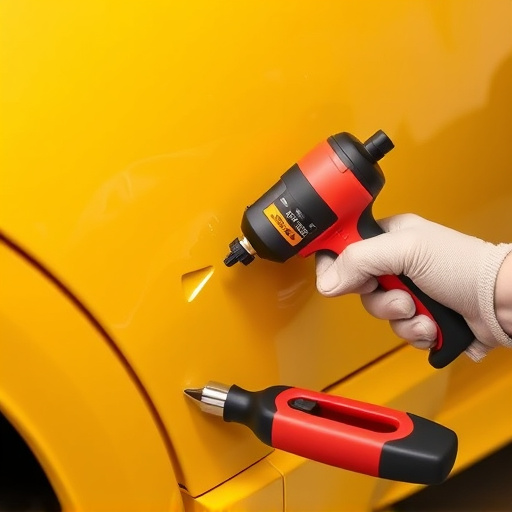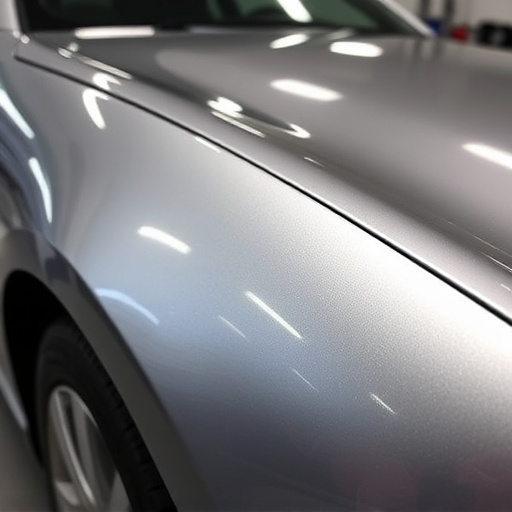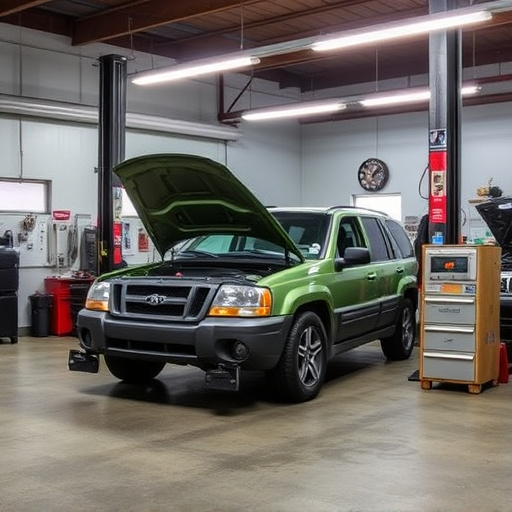Insurers expect swift and efficient vehicle restoration after accidents, emphasizing the need for modern repair services like car dent, collision, and paint repairs within reasonable timescales. To meet these demands, auto repair facilities must prioritize well-equipped facilities, skilled staff, and streamlined processes to achieve insurance-approved repairs, enhancing customer satisfaction and building trust in the claims process. Timely repairs are crucial for efficient claims processing, with insurers viewing quick and quality work as indicators of claimant sincerity and repair facility reliability. Strategic approaches, including clear communication, meticulous documentation, standardized procedures, and specialized repair techniques, ensure compliance with insurer requirements and foster trust between insureds and insurers.
In the dynamic landscape of insurance, speed is more than just a factor—it’s a critical component that determines customer satisfaction and insurer expectations. This article delves into the intricate relationship between repair speed and insurance-approved outcomes. We explore how prompt repairs not only streamline claims processing but also enhance trust and loyalty among policyholders. Furthermore, we provide actionable strategies for achieving and maintaining insurance-approved repair efficiency, setting new standards in the industry.
- Understanding Insurer Expectations for Repair Speed
- The Impact of Timely Repairs on Claims Processing
- Strategies for Achieving Insurance-Approved Repair Efficiency
Understanding Insurer Expectations for Repair Speed

Insurer expectations for repair speed are critical in ensuring timely and efficient vehicle restoration post-accident. When it comes to insurance-approved repairs, the focus is on minimizing downtime while maintaining high standards of quality. Customers often expect swift resolution, especially with modern demands for quick turnaround times. Insurers, therefore, look for workshops that can deliver on these expectations, offering services like car dent repair, car collision repair, and vehicle paint repair within reasonable periods.
A key aspect of meeting insurer expectations is having well-equipped facilities and a skilled workforce capable of handling various types of repairs. Efficient processes, including effective communication between insurers, customers, and repair centers, play a significant role in ensuring that vehicles are back on the road promptly. This not only satisfies insurer requirements but also enhances customer satisfaction, fostering trust in the entire claims process.
The Impact of Timely Repairs on Claims Processing
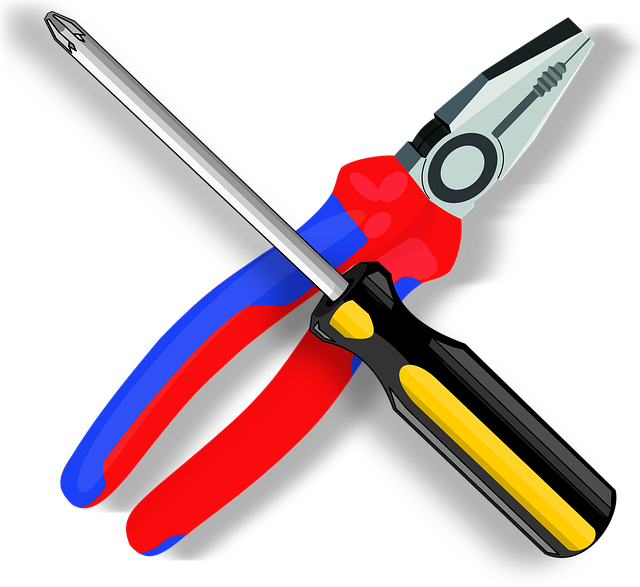
Timely repairs play a pivotal role in meeting insurer expectations for efficient claims processing. When an insured vehicle suffers damage, quick action is crucial to mitigate further complications and expenses. Insurance companies often consider the speed and quality of repairs as indicators of both the claimant’s sincerity and the reliability of the repair facility. An insurance-approved repair process ensures that all work aligns with industry standards and manufacturer specifications, streamlining the claims journey.
Auto glass repair, vehicle body shop, and vehicle paint repair services that prioritize swift turnaround times demonstrate their commitment to customer satisfaction and operational excellence. This proactivity not only expedites the claims settlement process but also fosters trust between insureds and insurers, enhancing overall relationship dynamics. Efficient repairs translate into reduced downtime for policyholders, minimizing inconvenience and financial burden associated with vehicle damage.
Strategies for Achieving Insurance-Approved Repair Efficiency
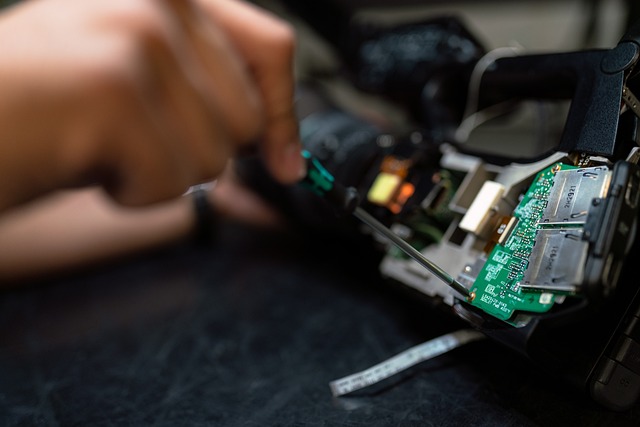
Achieving insurance-approved repair efficiency requires a strategic approach that combines effective communication, meticulous documentation, and efficient processes. Insurers expect repairs to be carried out to their standards, ensuring safety, quality, and cost-effectiveness. To meet these expectations, workshops should implement clear lines of communication with clients and insurers, promptly providing detailed estimates and updating progress regularly. This transparency builds trust and ensures all parties are aligned.
Moreover, adopting standardized repair procedures tailored to different vehicle makes and models, such as Mercedes Benz or other luxury cars, can significantly enhance efficiency. For instance, specializing in car scratch repair and car restoration techniques allows workshops to offer faster turnaround times without compromising quality. Utilizing advanced tools and training staff extensively in these areas ensures consistent, high-standard repairs, ultimately fulfilling insurer requirements.
Insurers expect swift and efficient repairs to streamline claims processing, and prioritizing speed without compromising quality is key. By implementing strategic approaches, such as optimized workflows, skilled technicians, and modern equipment, auto shops can consistently deliver insurance-approved repairs, enhancing customer satisfaction and fostering positive relationships with insurers. This conclusion underscores the significant role of speed in meeting insurer expectations and ensuring a seamless claims process.
